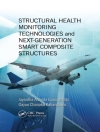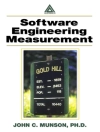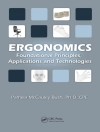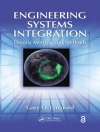Soil is essential to agriculture and a resource that cannot be replaced easily. Nevertheless, its importance to food production and the threats to its sustainability are often overlooked. This book, the 35th volume of Issues in Environmental Science and Technology, examines the current status of soils across the globe and their potential for food production to meet the needs of the World’s population in the 21st Century. Threats, such as the degradation, pollution and erosion of soil are discussed, along with the possible consequences of climate change for soil and food production. As an ecosystem service, soil also serves to capture nutrients and sequester carbon, and these issues are discussed in the context of adding value to soil protection. The influence of modern agricultural techniques in enhancing soil productivity is also discussed. Throughout the book case studies support the discussion. Together with the books on Ecosystem Services, Sustainable Water, and Environmental Impacts of Modern Agriculture, this addition to the series will be essential reading for anyone concerned with the environment, whether as scientist, policy maker, student or lay reader.
Innehållsförteckning
[1] Global Soils – Capacity for Food Production; [2] Soils and Food Security – Challenges and Opportunities; [3] Soils and Sustainable Farming; [4] Climate Change and Agricultural Soils; [5] Soils and Resource Use Efficiency; [6] Soil Biodiversity and Farming; [7] Urban Soils – Local Opportunities for Food Production; [8] Restoring Degraded Soils to Agricultural Production;[9] New Technologies to Enhance Soil Productivity; [10] Balancing the Competition for Soils – Food Production vs. Other Ecosystem Services.
Om författaren
Roy Harrison OBE is Queen Elizabeth II Birmingham Centenary Professor of Environmental Health at the University of Birmingham. In 2004 he was appointed OBE for services to environmental science. Professor Harrison’s research interests lie in the field of environment and human health. His main specialism is in air pollution, from emissions through atmospheric chemical and physical transformations to exposure and effects on human health. Much of this work is designed to inform the development of policy.












